Superflux: making climate change ‘tangible, relatable and specific’
Design studio Superflux explores some of the biggest issues humans currently face, and is now tipped by Formafantasma as one of 25 creative leaders of the future, in Wallpaper’s 25th Anniversary Issue ‘5x5’ project

Superflux is a design studio whose work crosses technology, politics, and nature. The London-based practice looks to the future to address the challenges we currently face in modern-day life. They have worked with organisations that include the Red Cross and the UK’s Cabinet Office, and created powerful installations across the globe.
From synthetic biology to ecological interdependence in a post-Anthropocene world, Superflux explores some of the biggest issues humans currently face. The critically acclaimed studio works at the intersection of the climate crisis, politics, and artificial intelligence. It has recently been named as one of 25 creative leaders of the future by Formafantasma, for Wallpaper’s 25th Anniversary Issue ‘5x5’ project.
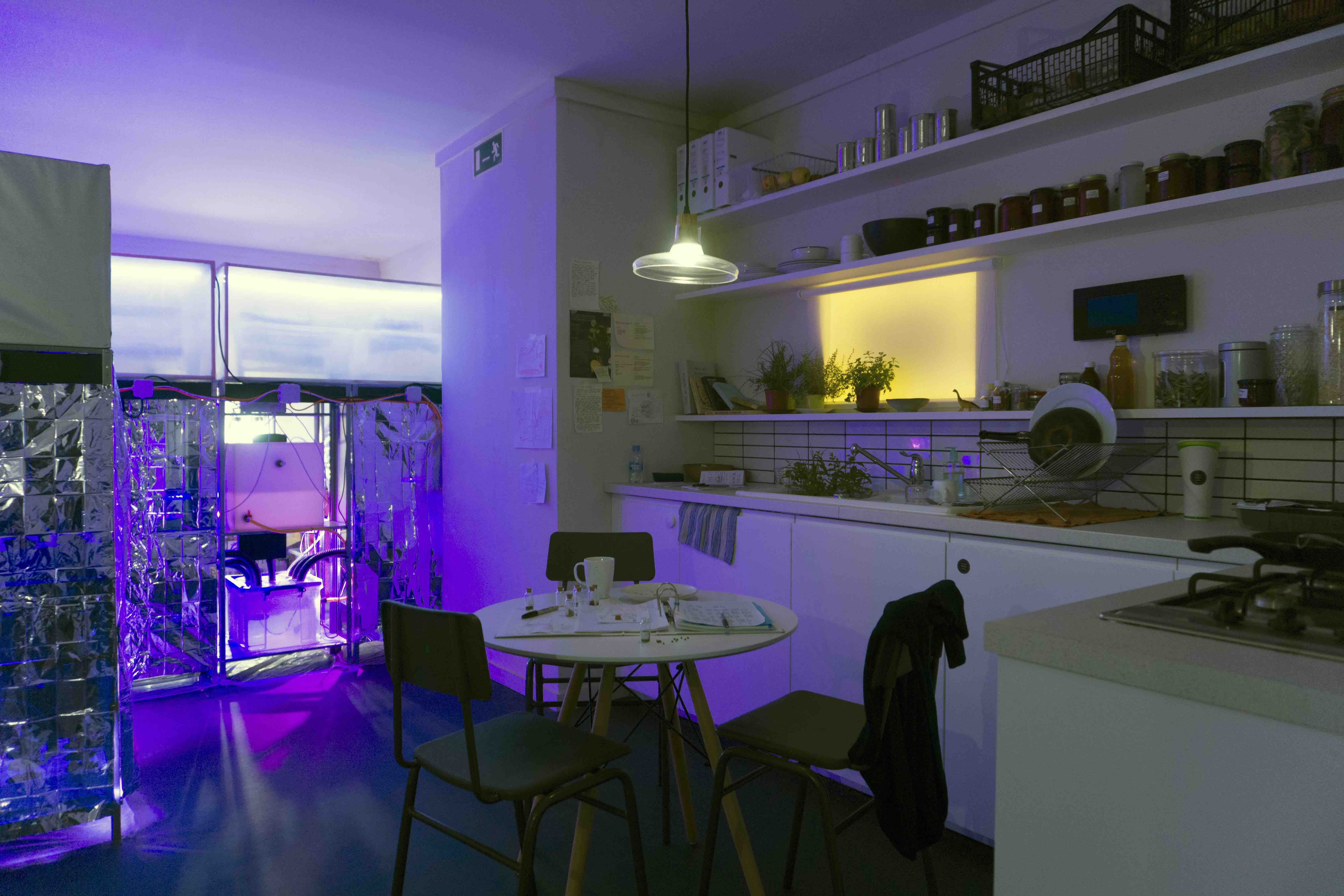
Mitigation of Shock, an apartment interior that imagined life under future restrictions due to climate change. Courtesy of Superflux
Founded in 2009 by Royal College of Art graduates Anab Jain and Jon Ardern, the London-based practice ‘constructs narratives, worlds, and tools that provoke viewers to engage with the rapidly changing world’, explains Jain. While studying under the tutelage of Anthony Dunne and Fiona Raby at the RCA, the pair were encouraged to consider the implications of emerging technologies on modern society which in turn led them to found Superflux.
Superflux: immersive installations addressing big issues
Currently operating out of Somerset House, Superflux creates installations that make viewers carefully consider the planet. From multispecies dining tables oozing with fungi to forests of dead blackened pine trees, the Anglo-Indian studio takes highly complex subject matters and develops clear and interactive exhibitions. Having exhibited at MoMA New York, the National Museum of China, and the V&A, London, the practice has garnered international recognition, with its most notable project to date being Mitigation of Shock.
Commissioned by Suncorp and the Centre de Cultura Contemporània de Barcelona, Mitigation of Shock was an attempt to make climate change ‘tangible, relatable and specific’, says Jain. Following extensive research and interviews with experts from Nasa and the UK Met Office, Superflux skilfully constructed a future apartment where ‘people could step inside a family home and experience what the restrictions of this future might feel like’, states Jain. This project was a real turning point for the practice.
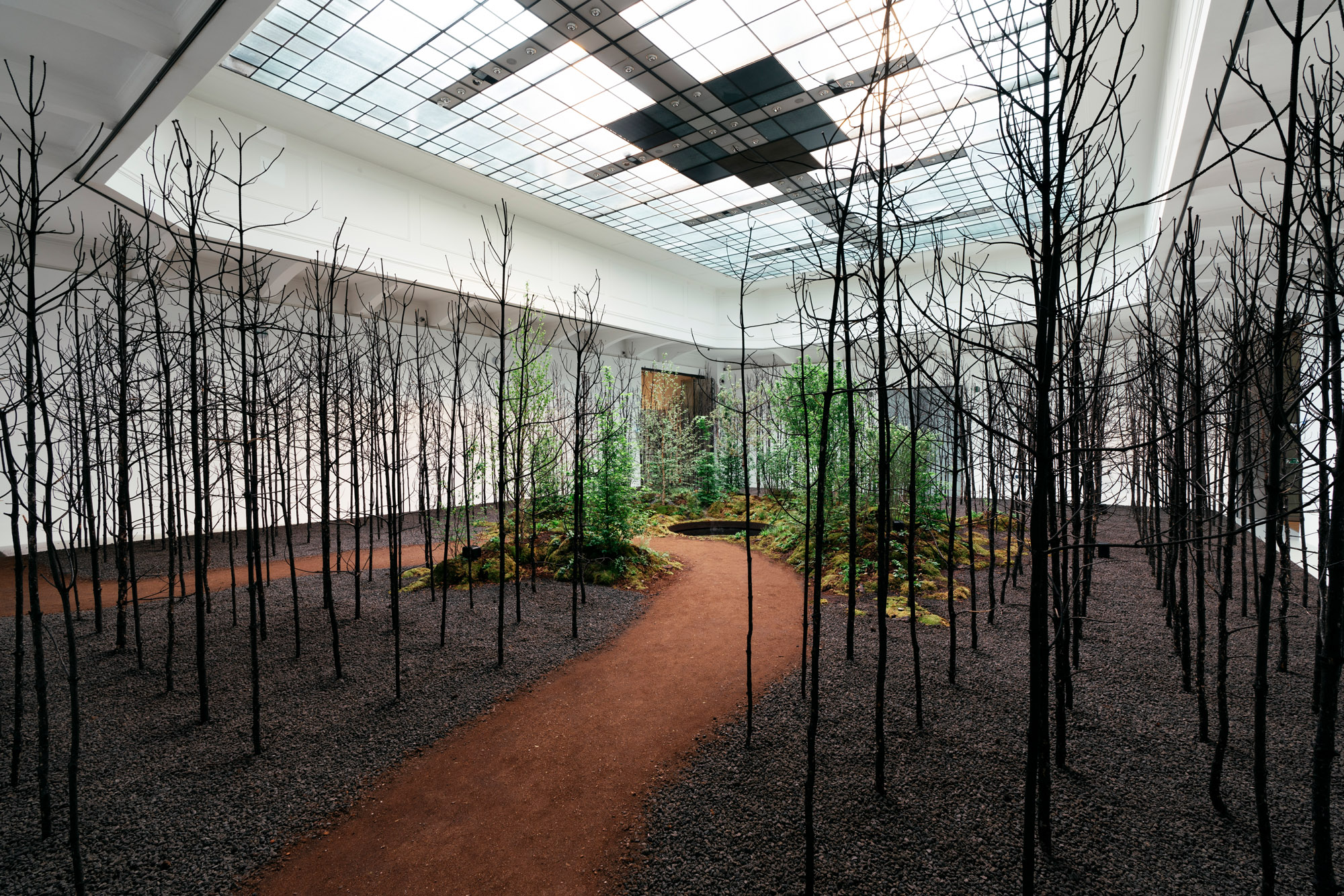
Invocation for Hope at the Museum of Applied Arts as part of the Vienna Biennale for Change 2021.
However, Invocation for Hope, an installation that turns trees into art (some 400 pine trees), exploring the impact humans have on the planet, and which is currently on show at the Museum of Applied Arts in Vienna (until 3 October 2021), has been Superflux’s biggest installation in terms of scale and ambition so far.
The studio also showed at the Venice Architecture Biennale 2021, with an installation that examined the impact of the enforced ‘stop’ created by the pandemic.
Wallpaper* Newsletter
Receive our daily digest of inspiration, escapism and design stories from around the world direct to your inbox.
The research-led studio is currently working with Omidyar Network to release a film that explores capitalism, data, and the environment. Weaving together a warren of themes, mediums, and technologies Superflux is bringing conversations about pressing issues to the centre stage. Its work is evocative and visceral and challenges viewers to imagine ‘plural futures’.
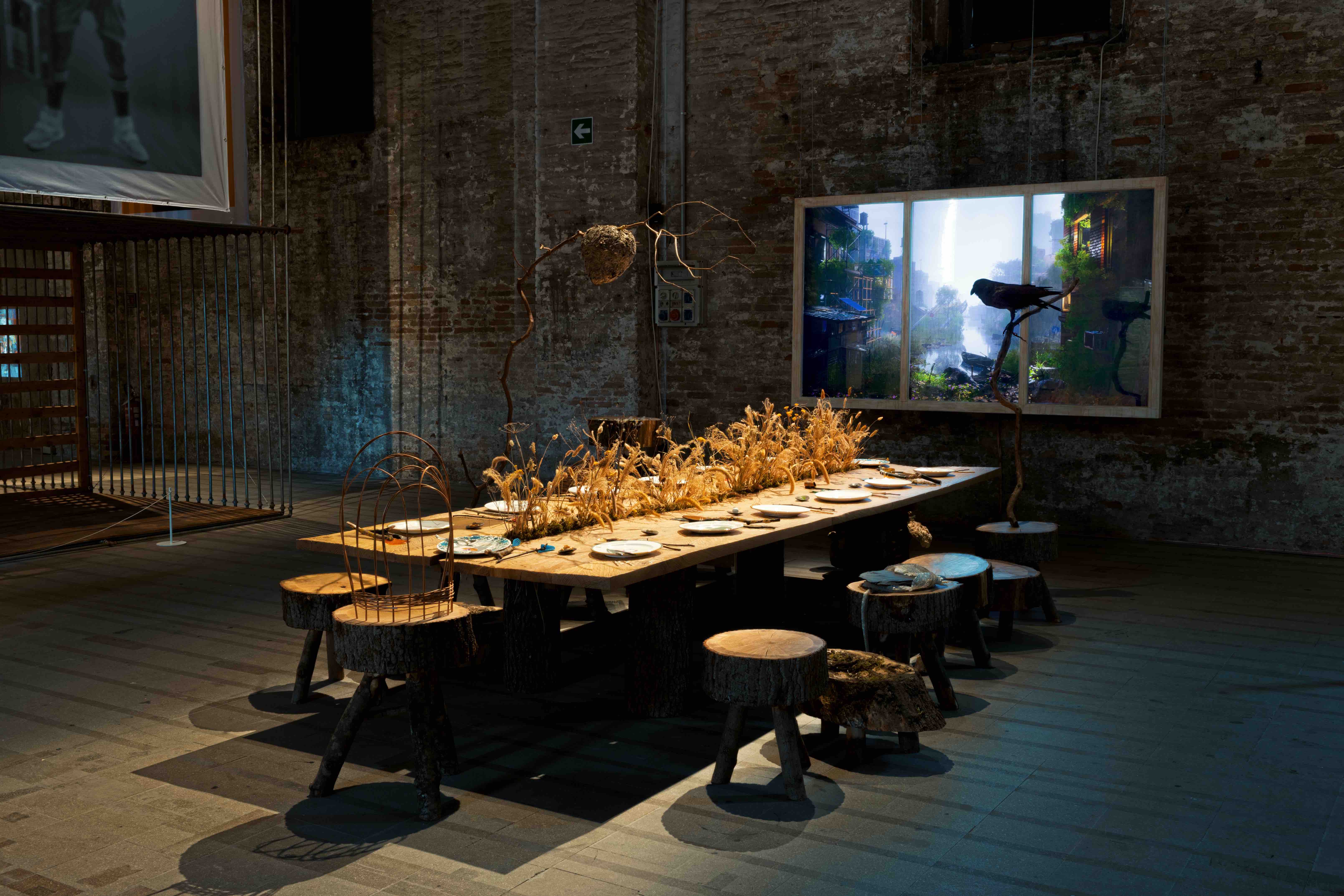
Refuge for Resurgence, at the Venice Architecture Biennale 2021.
INFORMATION
superflux.in/#
A version of this article appears in Wallpaper’s October 2021, 25th Anniversary Issue (W*270), on newsstands now and available to subscribers – 12 digital issues for $12/£12/€12.
Meet more creative leaders of the future nominated by Formafantasma here.
Shawn Adams is an architect, writer, and lecturer who currently teaches at Central St Martins, UAL and the Architectural Association. Shawn trained as an architect at The Royal College of Art, Architectural Association and University of Portsmouth. He is also the co-founder of the socially-minded design practice Power Out of Restriction. In 2023, POoR won the London Design Festival’s Emerging Design Medal. Shawn writes for numerous international magazines about global architecture and design and aims to platform the voices of those living across the Caribbean, Asia, and Africa.
-
 Japan in Milan! See the highlights of Japanese design at Milan Design Week 2025
Japan in Milan! See the highlights of Japanese design at Milan Design Week 2025At Milan Design Week 2025 Japanese craftsmanship was a front runner with an array of projects in the spotlight. Here are some of our highlights
By Danielle Demetriou
-
 Tour the best contemporary tea houses around the world
Tour the best contemporary tea houses around the worldCelebrate the world’s most unique tea houses, from Melbourne to Stockholm, with a new book by Wallpaper’s Léa Teuscher
By Léa Teuscher
-
 ‘Humour is foundational’: artist Ella Kruglyanskaya on painting as a ‘highly questionable’ pursuit
‘Humour is foundational’: artist Ella Kruglyanskaya on painting as a ‘highly questionable’ pursuitElla Kruglyanskaya’s exhibition, ‘Shadows’ at Thomas Dane Gallery, is the first in a series of three this year, with openings in Basel and New York to follow
By Hannah Silver
-
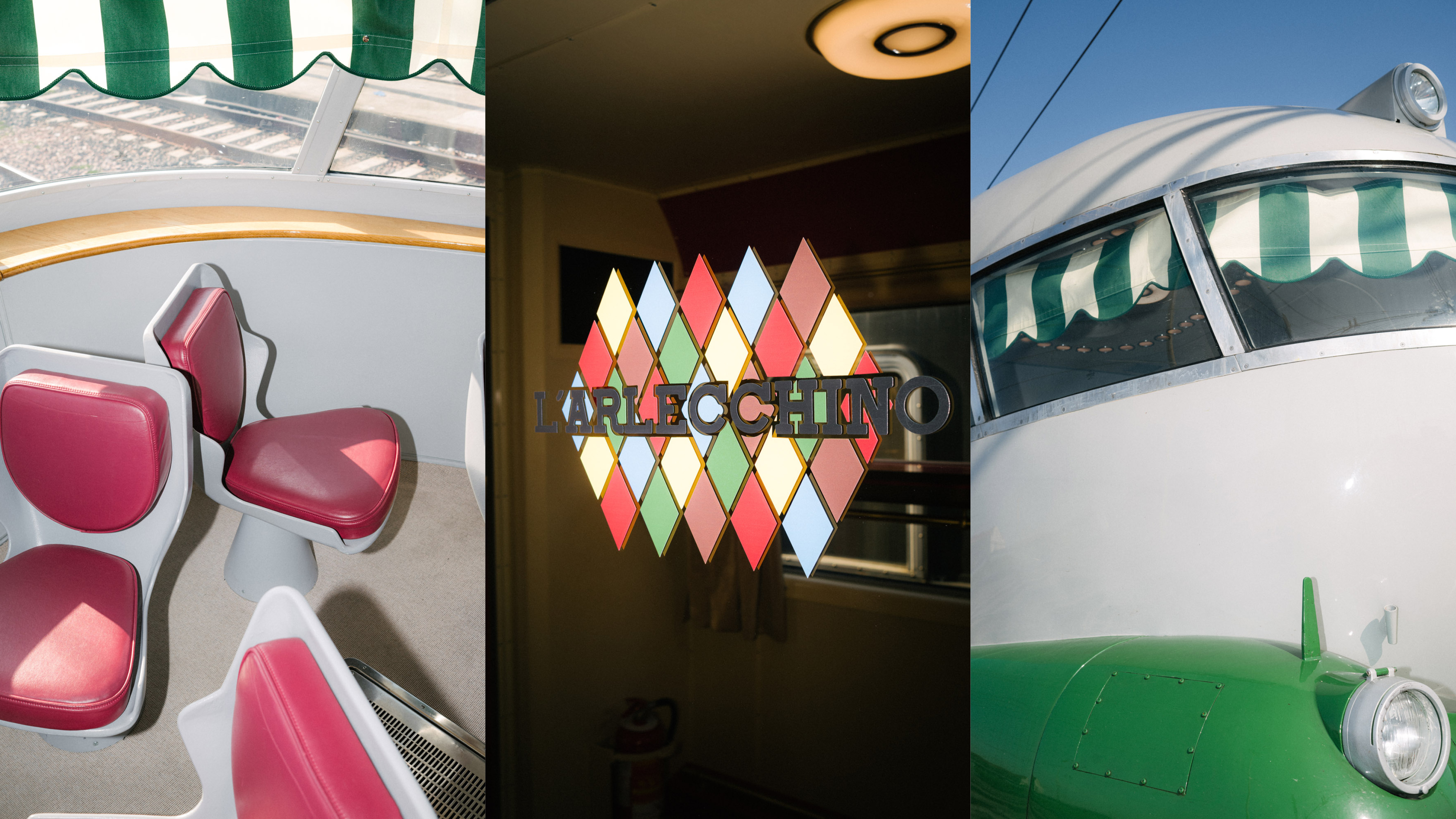 Aboard Gio Ponti's colourful Arlecchino train in Milan, a conversation about design with Formafantasma
Aboard Gio Ponti's colourful Arlecchino train in Milan, a conversation about design with FormafantasmaThe design duo boards Gio Ponti’s train bound for the latest Prada Frames symposium at Milan Design Week
By Laura May Todd
-
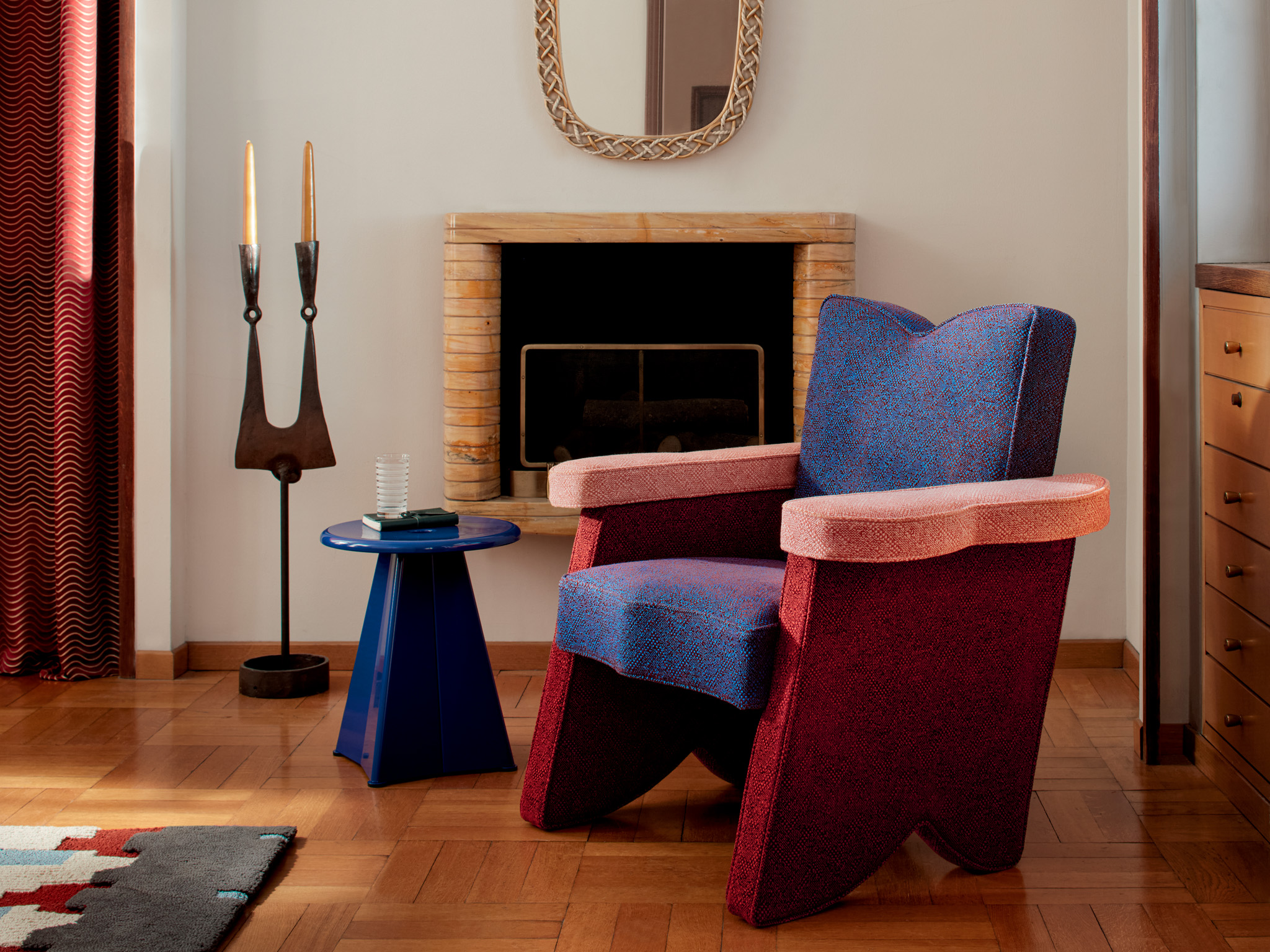 Our highlights from Paris Design Week 2025
Our highlights from Paris Design Week 2025Wallpaper*’s Head of Interiors, Olly Mason, joined the throngs of industry insiders attending the week’s events; here’s what she saw (and liked) at Paris Déco Off and Maison&Objet in the City
By Anna Solomon
-
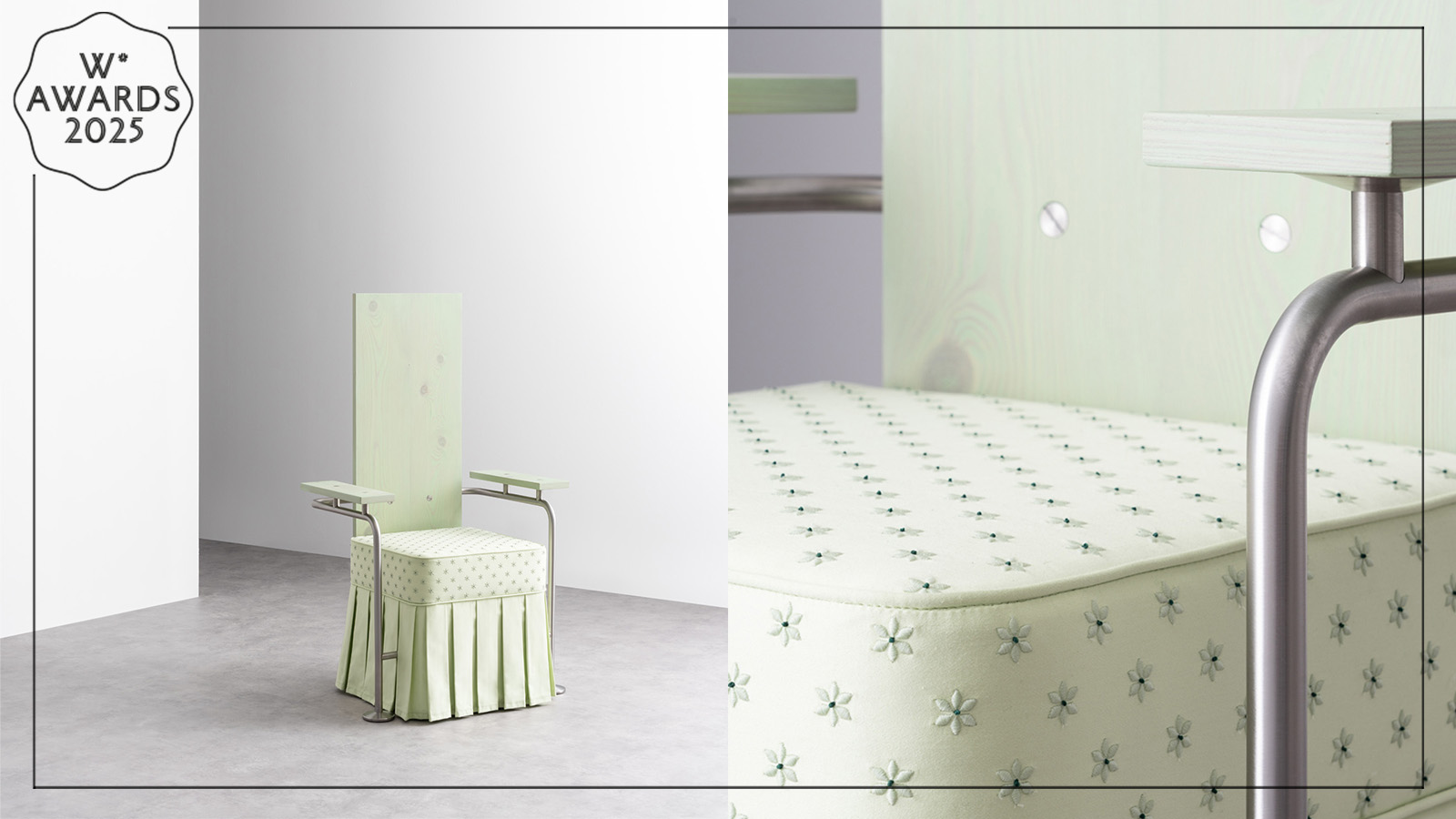 Wallpaper* Design Awards 2025: Formafantasma revisits the masculine codes of modernist design
Wallpaper* Design Awards 2025: Formafantasma revisits the masculine codes of modernist designFormafantasma wins a Wallpaper* Design Award 2025, for its Milan exhibition ‘La Casa Dentro’, which took to task the inherent masculinity and conservatism at the heart of modernism
By Hugo Macdonald
-
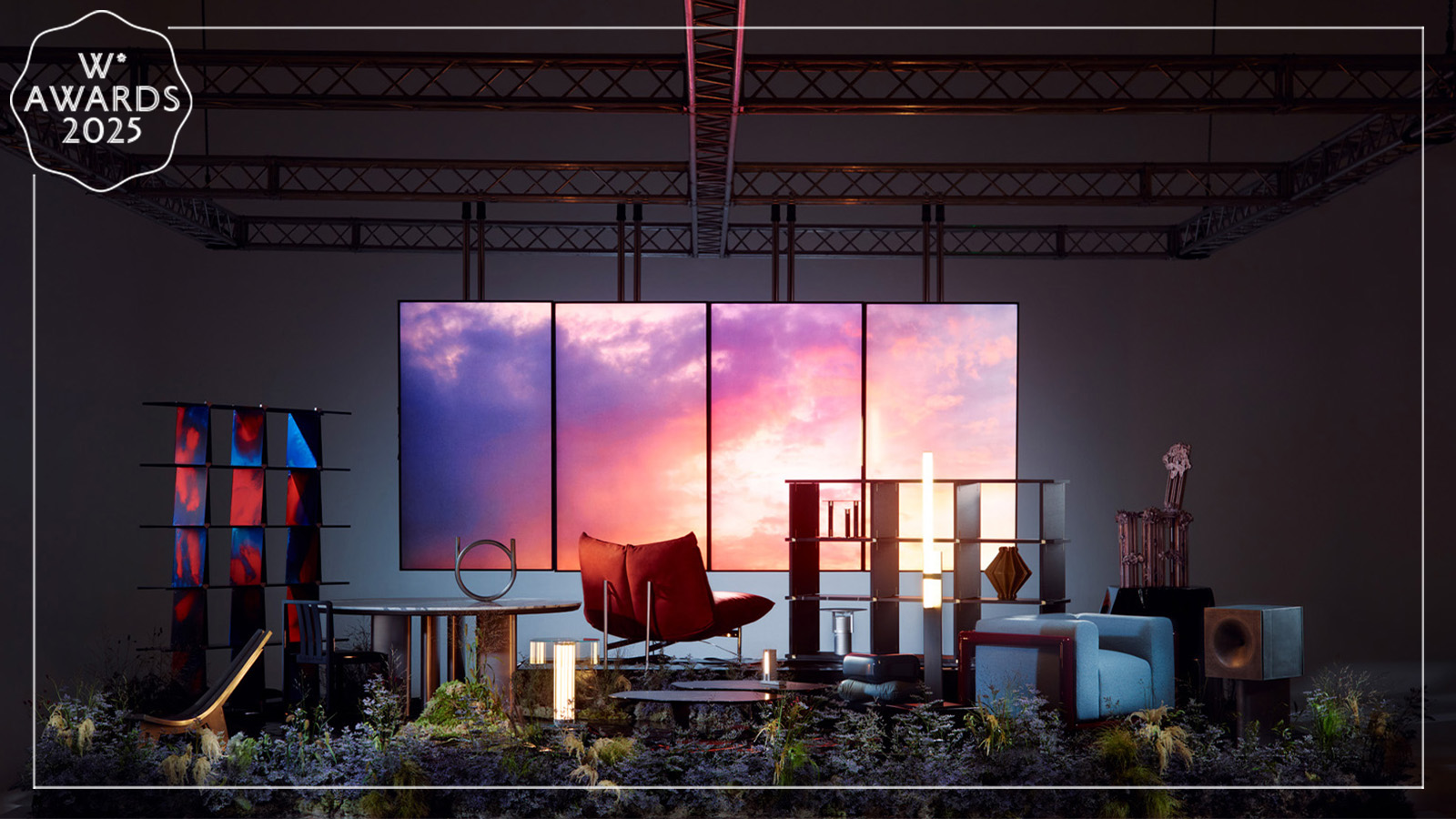 Wallpaper* Design Awards 2025: the best furniture and design objects for 2025
Wallpaper* Design Awards 2025: the best furniture and design objects for 2025The Wallpaper* Design Awards 2025 present the best new furniture and interior accessories, while global design director Hugo Macdonald and head of interiors Olly Mason reveal what makes a winner
By Hugo Macdonald
-
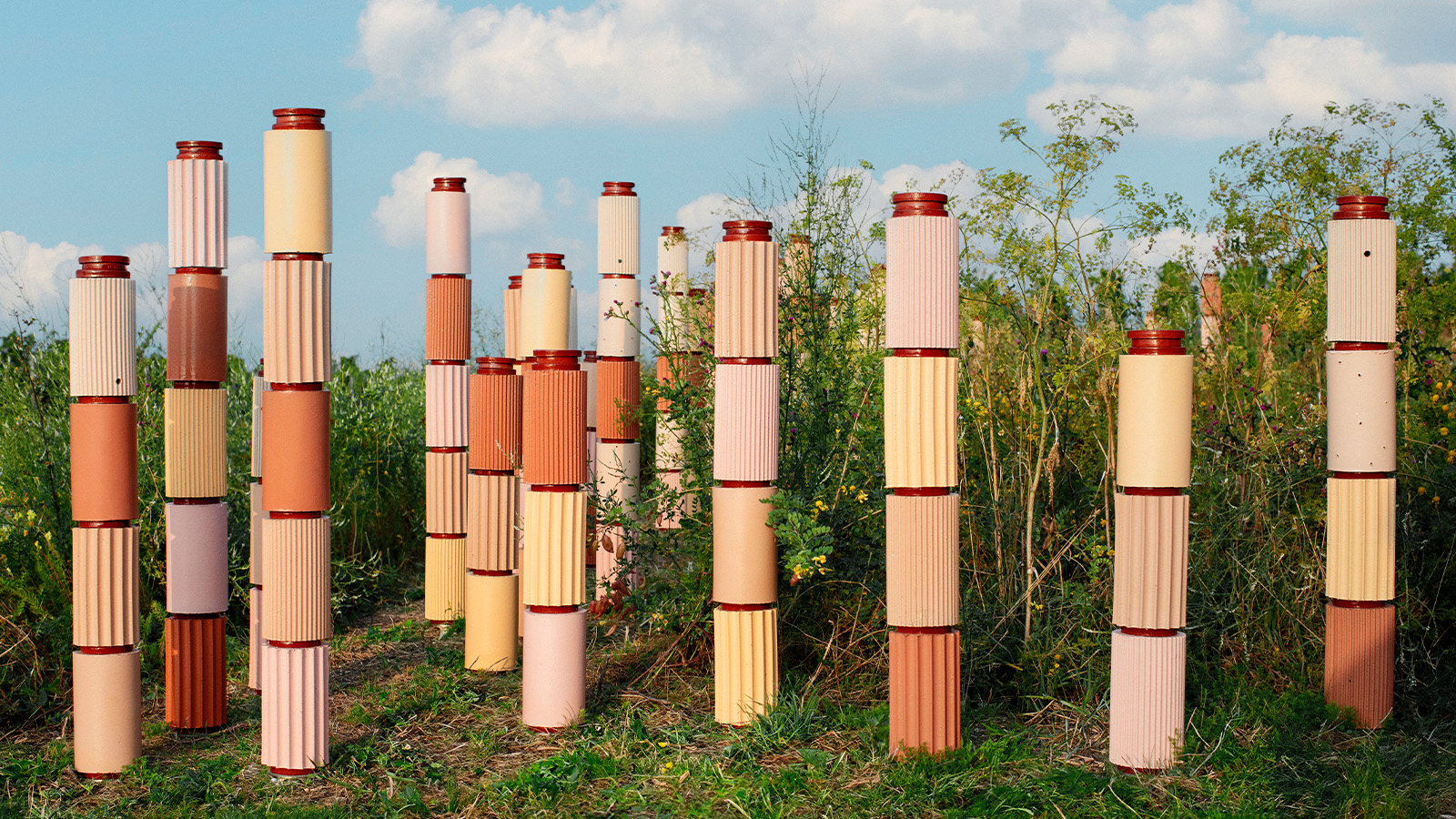 Formafantasma’s biodiversity-boosting installation in a Perrier Jouët vineyard is cross-pollination at its best
Formafantasma’s biodiversity-boosting installation in a Perrier Jouët vineyard is cross-pollination at its bestFormafantasma and Perrier Jouët unveil the first project in their ‘Cohabitare’ initiative, ‘not only a work of art but also a contribution to the ecosystem’
By Henrietta Thompson
-
 Christmas gift ideas for design lovers
Christmas gift ideas for design loversWallpaper* global design director Hugo Macdonald compiles his festive wish list – from Poltrona Frau's luxurious dog leads to Carl Aubock's wicker magazine wall rack
By Hugo Macdonald
-
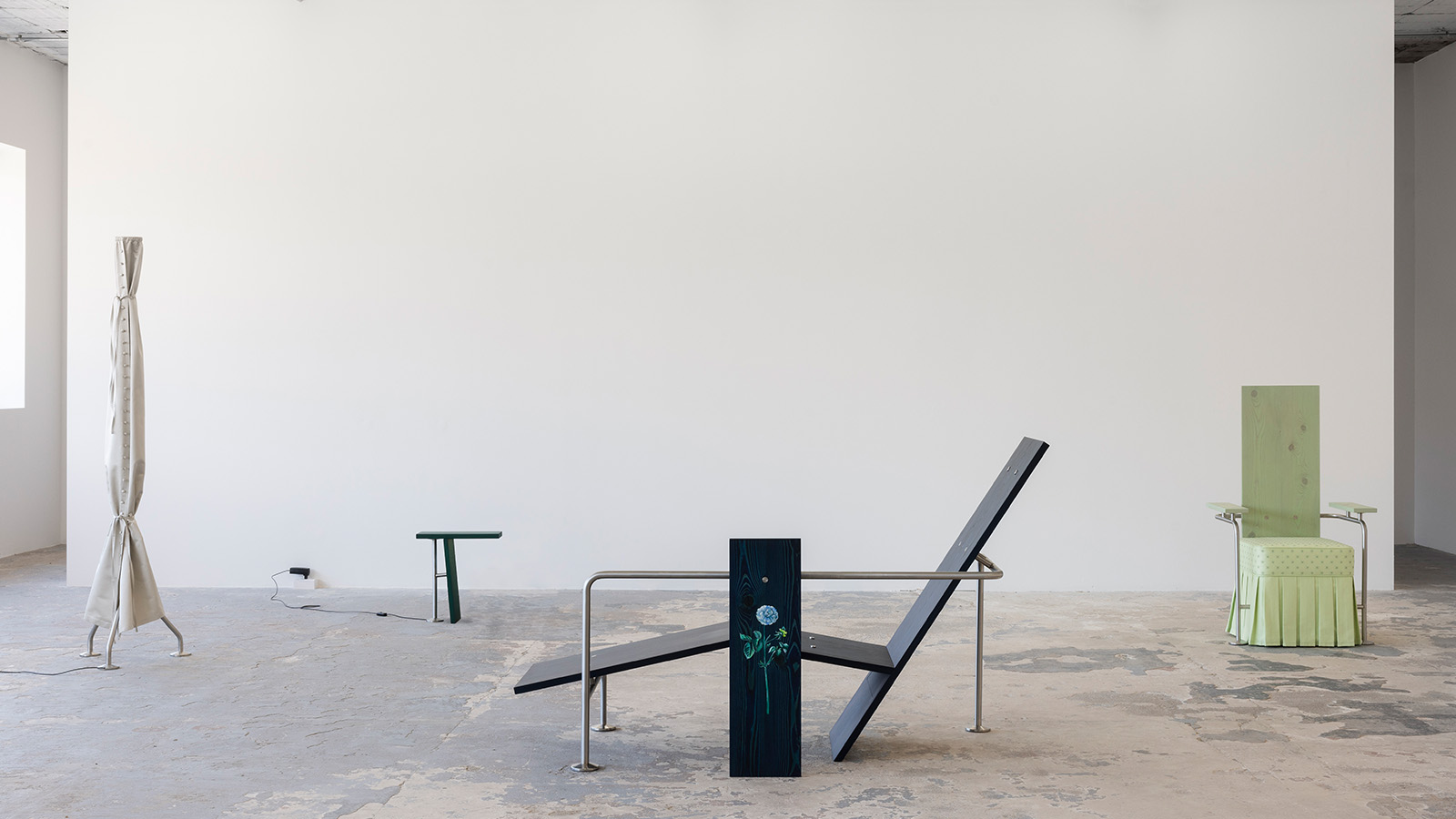 Formafantasma’s new collection explores nostalgia and the queer identity
Formafantasma’s new collection explores nostalgia and the queer identityFormafantasma present 'La Casa Dentro' at Fondazione ICA Milano (until 19 July 2024), where they draw inspiration from the domestic sphere and their own nostalgic perceptions of home
By Laura May Todd
-
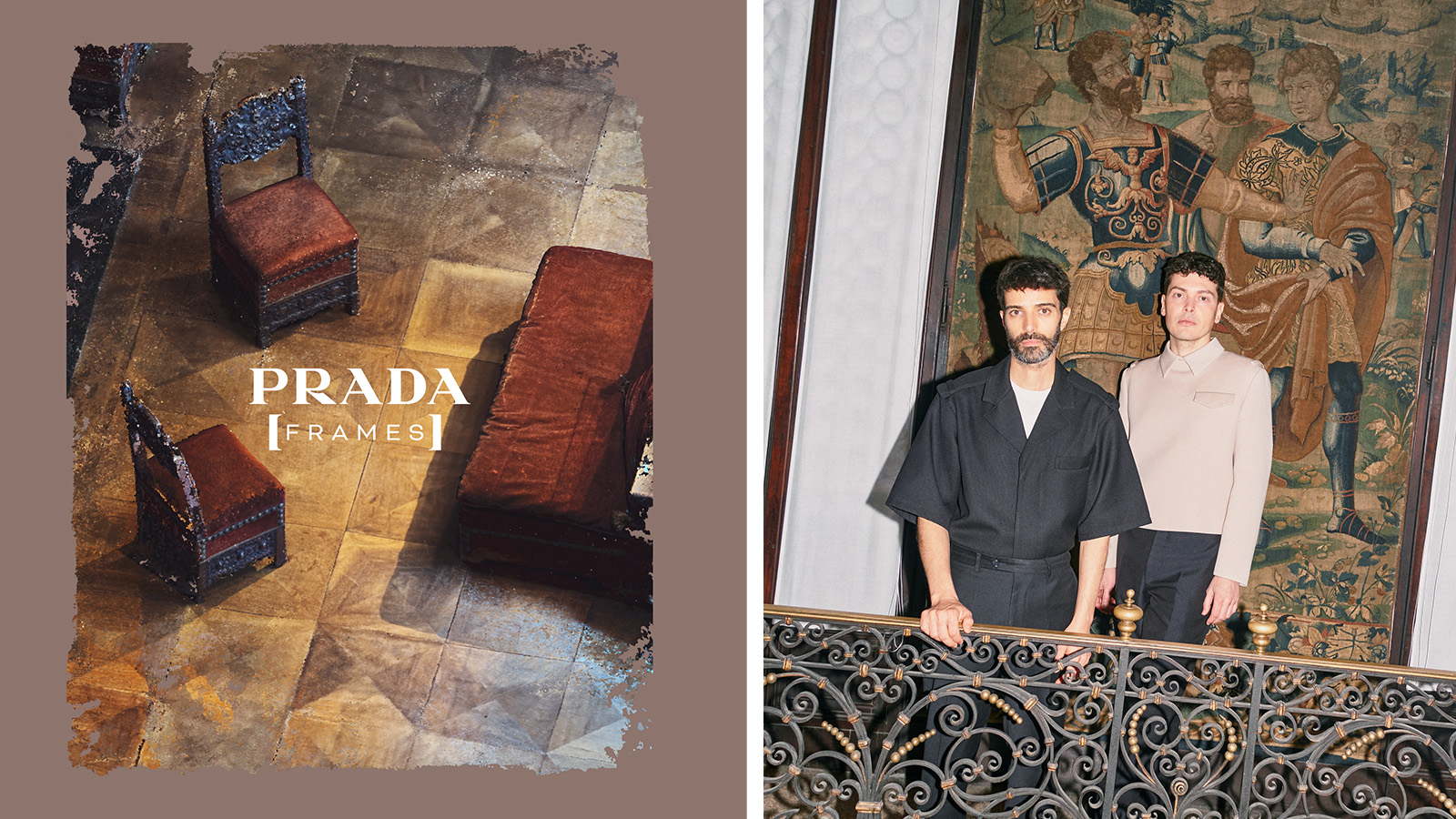 Prada Frames is back for a third instalment at Milan Design Week
Prada Frames is back for a third instalment at Milan Design WeekRegistration is now open for Prada Frames 2024 at Milan Design Week, the annual symposium curated by Formafantasma exploring the relationship between the natural environment and design
By Tianna Williams